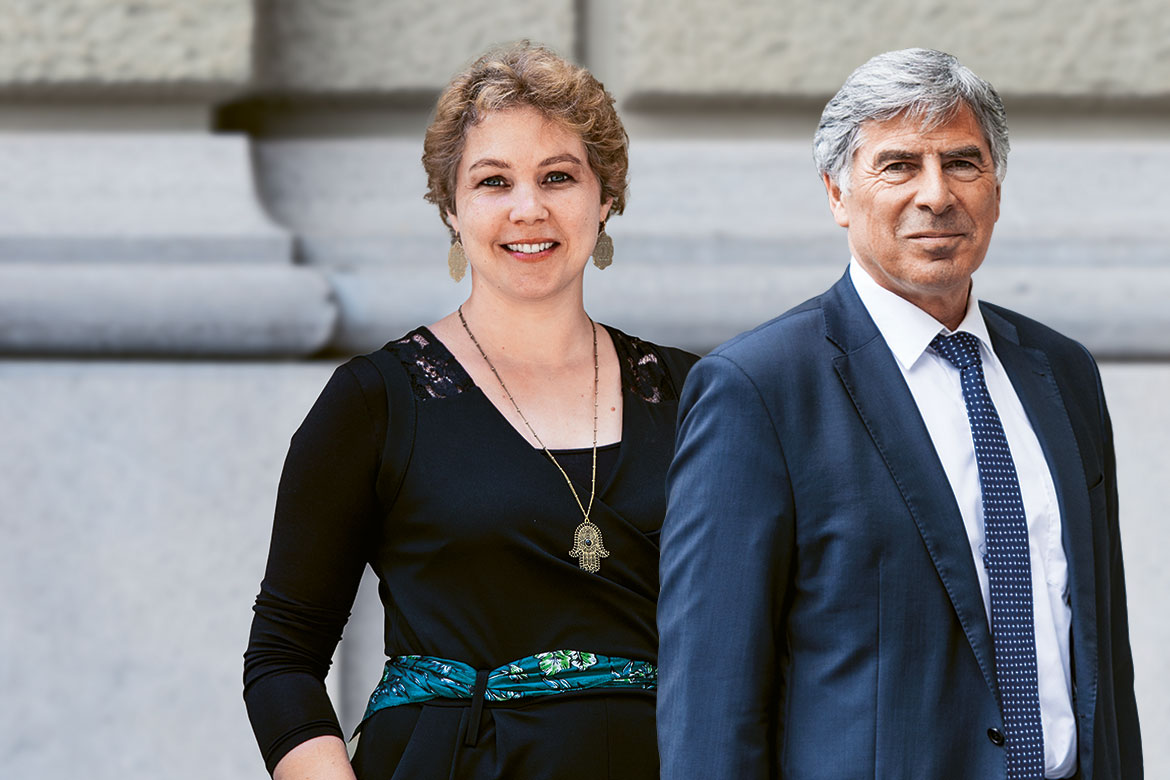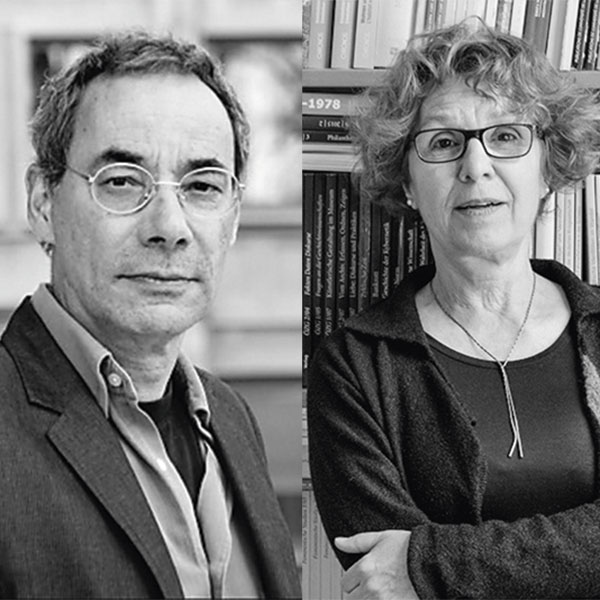In short
Briefings about science policy and research culture
Peer-review practice in numbers
- Two percent of 1,431 peer-reviewers admitted using information found in a submitted manuscript for their own benefit.
- The external assessment of grant proposals made by Swiss-based reviewers is on average 10 percent lower than by international reviewers, as observed over seven years at the SNSF; no gender effect was apparent.
- Out of the 23,985 reviewers who contributed over four years to the 20 journals published by the American Geophysical Union, 21 percent are female, significantly less than the 27 percent of first authors who are women.
The recipe for highly ranked universities
A study based on the Leiden Ranking of universities has shown that large universities systematically over-perform in citation performance as well as in international and university/industry co-publications. It surmises that they benefit from economies of scale and greater visibility. Surprisingly, the institution’s age and the population size of the surrounding metropolitan area slightly decrease performance. Purely technical universities enjoy a better ranking. “No single country excels in all three dimensions of citation impact, internationalization, and industry involvement”, write the authors, “with the possible exception of Switzerland”. doi.org/cdp9
Six new preprint servers online
Nutrition, sports, palaeontology, meditation practices, library sciences and Indonesia-based research now have dedicated platforms for publishing preprints, all based on the OSF platform.
In percent
17%: the proportion of foreign students in Swiss universities, three times the OECD average.
73%: the proportion of a random sample of 155 ERC projects having made “breakthroughs or major scientific advances”.
17%: the decrease in the student evaluation grades received by female university teachers in economics compared to male staff, despite the same teaching Quality.
Philanthropist Mary Lasker (1900-1994). One Lasker Prize, worth USD 250,000, has been awarded to Michael Hall of the University of Basel for “discovering TOR proteins and their central role in the metabolic control of cell growth”. Every fourth laureate goes on to win a Nobel Prize.




